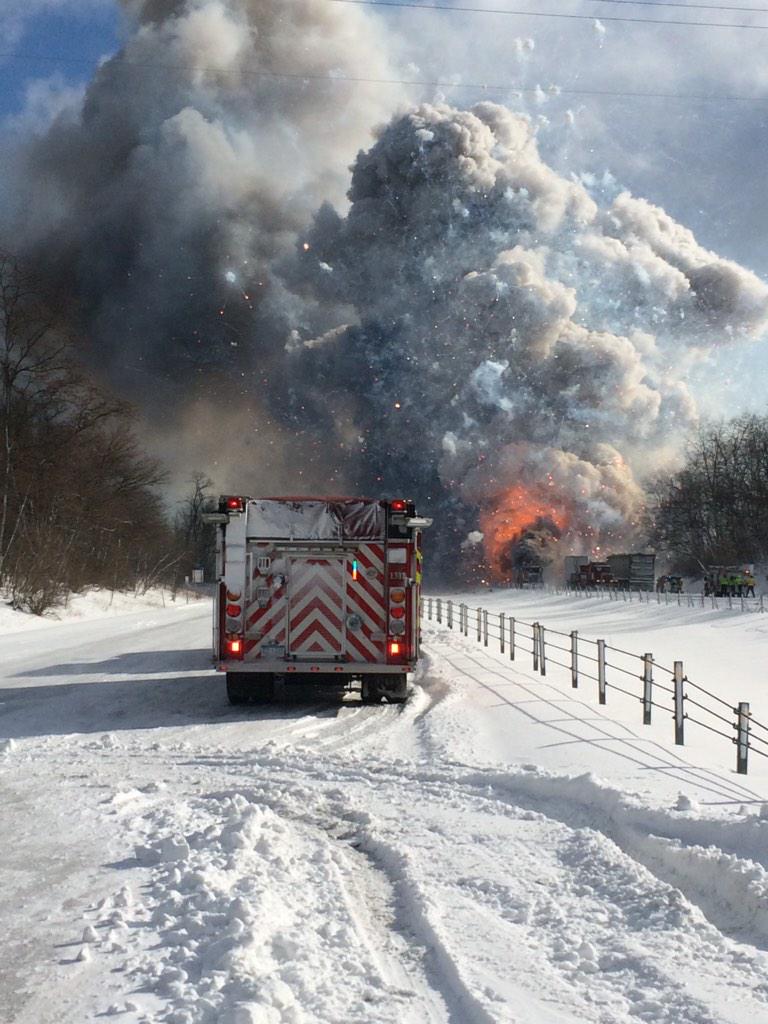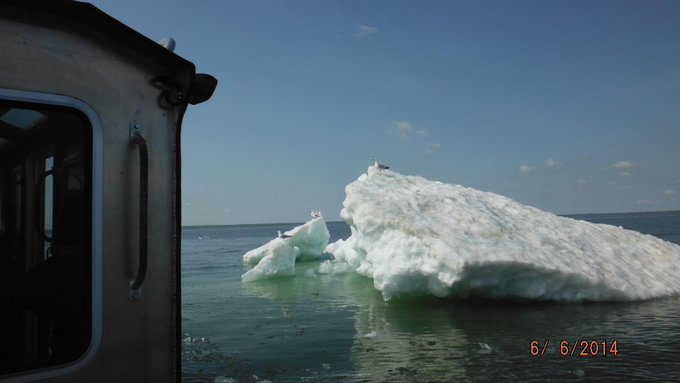It's not quite like finding diamonds in the sky, but a photographer in Red River, New Mexico, was lucky enough to catch rainbow-like arcs and pillars of light blazing over a snowy landscape last week.
This example of sunlight run amok is caused by the collision of light and ice crystals high in Earth's atmosphere.
Those frozen specks of water bend or refract light in myriad ways to produce arcs, halos, and pillars of light. Air temperatures, as well as the shape and arrangement of ice crystals, fine-tune the phenomena that we see. (See "Pictures: The Story Behind Sun Dogs, Penitent Ice, and More.")
One of the most prominent features in the New Mexico picture—just above the tree line in the center of the image—is a bright, vertical mass called a sun pillar. Cooler air temperatures boost the brightness of phenomena like these.
The circle of light ringing the pillar is a 22-degree halo. These halos are fairly common and are so named because they occur at a 22-degree angle from the sun. They're created by six-sided, or hexagonal, ice crystals.
The glaring blob of light to the right of the pillar is called a sun dog, which is the result of ice crystals that are only partly aligned with each other. Sun dogs are also fairly common, says Christine Krause, a meteorologist at the National Weather Service in Amarillo, Texas. They posted the image to their Facebook page over the weekend, where it took off.
The delicate strands of light winging out from the top of the sun pillar are tangent arcs. They're formed when tube-shaped hexagonal ice crystals are oriented on their sides. (Learn about other weird structures ice can form.)
Krause is quick to point out that these halos and arcs aren't a harbinger of dangerous weather events. But they are certainly pretty to look at, she says.














